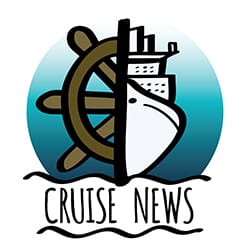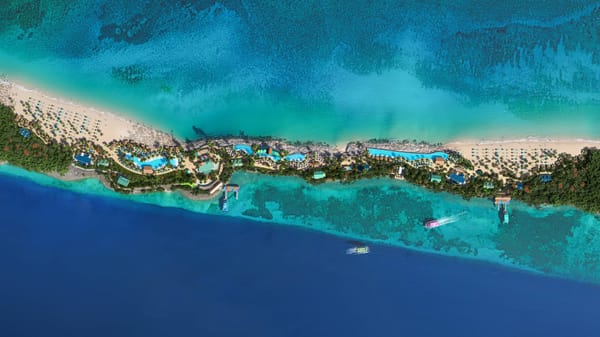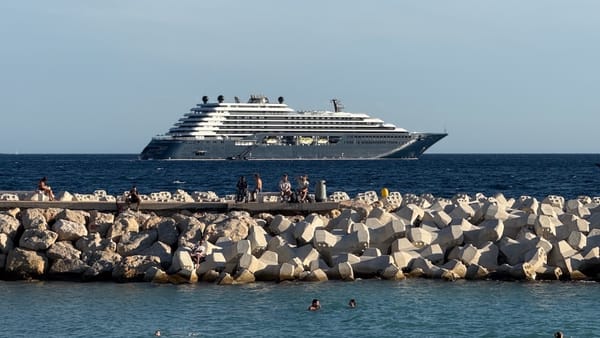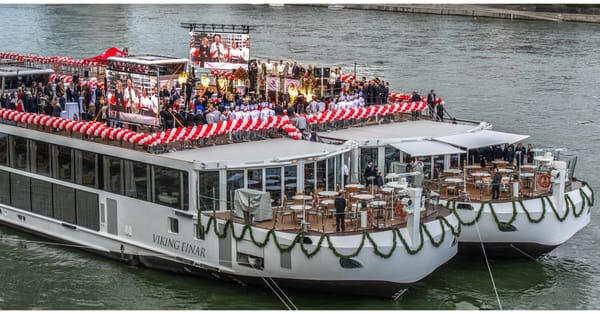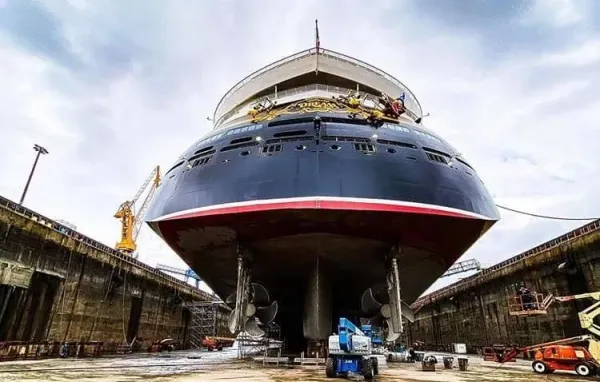Queen Anne Sets Record as Largest Cruise Ship to Dock at Stornoway Port
Queen Anne’s record-setting arrival signals Stornoway’s emergence as a major UK cruise port, supporting local jobs and bringing new opportunities to the community and regional tourism sector.
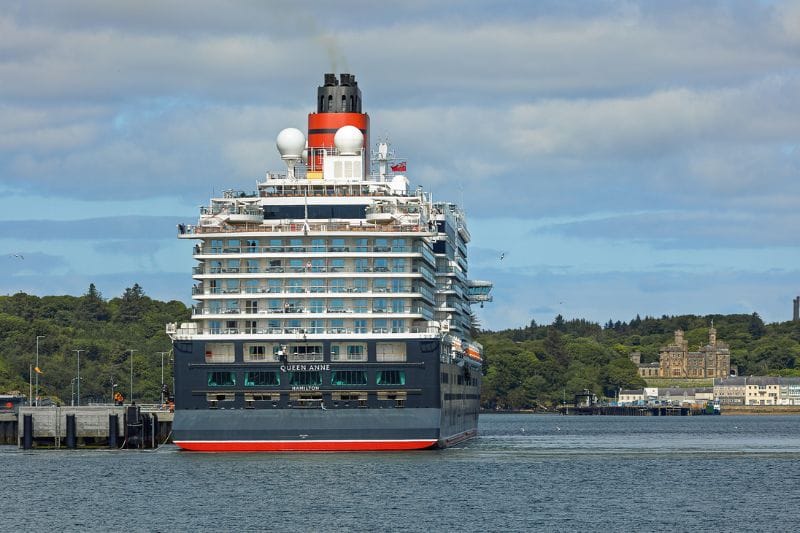
Stornoway Port recently marked a historic milestone with the arrival of Cunard’s flagship Queen Anne, the largest cruise ship ever to dock at the harbor. Measuring 332 meters in length and weighing 113,000 tonnes, the vessel’s visit underscores the port’s expanding infrastructure and its growing prominence in the UK’s cruise tourism sector.
Queen Anne’s Visit Highlights Infrastructure Advancements
The Queen Anne arrived on Thursday morning and departed the next day, following a brief yet momentous visit made possible by Stornoway Port’s £59 million investment in its new Deep Water Terminal. Designed to accommodate larger vessels, this modern facility exemplifies how Stornoway is positioning itself to welcome some of the world’s most notable cruise liners.
Community and Industry Reactions
Kirsty Hutchison, Cruise Manager at Stornoway Port, called Queen Anne’s visit a “landmark moment” that reflects the strategic priorities of the port and the broader community. “We’re excited to see how upgraded infrastructure can attract vessels like Queen Anne and offer economic resilience during what can be challenging times in other sectors,” she said. Hutchison added that the port’s diversification strategy aims to bolster Stornoway as a center for both tourism and maritime activities.
Economic Impact of Cruise Tourism
Stornoway Port has emerged as a key destination, expecting to welcome over 60,000 cruise passengers this season. By 2025, the sector is projected to contribute about £7.5 million to the local economy, driven by spending in hospitality, retail, and transportation services. Local businesses, such as hotels and tour providers, report heightened interest from visitors who are drawn to the region’s scenic landscapes and cultural heritage.
A Boost for Local Communities
Beyond the port’s infrastructure upgrades, cruise tourism is creating jobs and expanding opportunities for Stornoway’s residents, many of whom traditionally relied on fishing and agriculture. Increased footfall from cruise ship visitors is generating new revenue streams for shops, cafés, and artisans, sparking further investment in community-focused projects. This aligns with Stornoway’s emphasis on sustainable tourism, showcasing how ports in smaller locales can adapt successfully to industry trends.
As major cruise lines continue to seek distinctive and less-congested ports, Stornoway’s role is poised to grow. The debut of Queen Anne at its Deep Water Terminal highlights the port’s potential not only as a logistic hub but as a cultural gateway to the Scottish isles, setting the stage for further developments in the region’s tourism portfolio.
Frequently Asked Questions (FAQs)
What is Stornoway Port’s Deep Water Terminal?
The Deep Water Terminal is a £59 million investment specifically designed to handle larger cruise ships, such as Cunard’s Queen Anne. It enhances the port’s capacity to host and service major liners, signaling Stornoway’s increased maritime capabilities.
How will cruise tourism impact Stornoway’s economy in 2025?
By 2025, cruise tourism is expected to inject around £7.5 million into the local economy. This boost includes increased spending on hospitality, retail, and transportation, creating jobs and fostering investment throughout the community.
Why is Stornoway becoming a key cruise destination?
Stornoway’s scenic beauty, cultural heritage, and historical sites make it a unique stop for cruise itineraries. Upgraded infrastructure, including the Deep Water Terminal, further enhances its capacity to attract major vessels.
How does cruise tourism benefit Stornoway’s residents?
Cruise arrivals drive consumer spending in local businesses, create employment opportunities, and draw external investments, providing economic diversification beyond traditional industries like fishing and agriculture.
